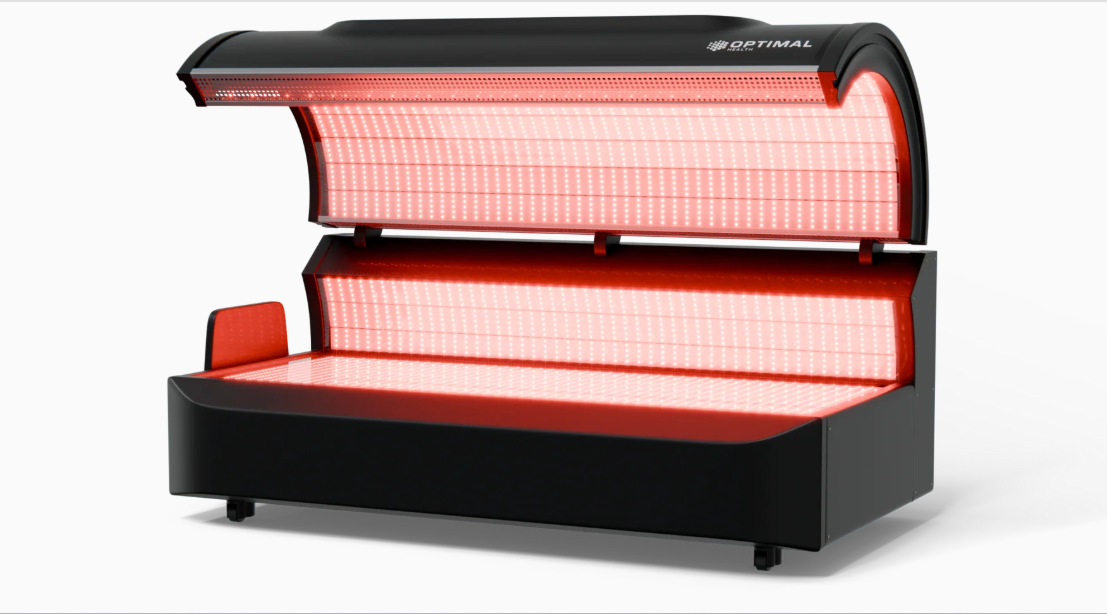Chronic pain affects millions globally, leading many to seek alternative therapies. Among these, the light therapy bed has emerged as a promising solution. Utilizing specific wavelengths of light, these beds aim to alleviate pain and promote healing.
What Is a Light Therapy Bed?
A light therapy bed is a device designed to deliver red and near-infrared light to the body. These wavelengths penetrate the skin, reaching deeper tissues to stimulate cellular processes. The primary mechanism is photobiomodulation (PBM), which enhances mitochondrial activity, leading to increased ATP production and reduced inflammation.
How It Works for Pain Relief
The therapeutic effects of light therapy beds are attributed to several factors:
- Reduced Inflammation: By decreasing pro-inflammatory cytokines, light therapy helps in reducing swelling and pain.
- Enhanced Circulation: Improved blood flow delivers more oxygen and nutrients to affected areas, accelerating healing.
- Endorphin Release: Light exposure can stimulate the production of endorphins, the body's natural painkillers.
- Cellular Repair: Stimulates fibroblast activity, aiding in tissue repair and regeneration.
Conditions That May Benefit
Light therapy beds have shown potential in alleviating pain associated with:
- Arthritis: Reduces joint stiffness and discomfort.
- Muscle Strains: Speeds up recovery and reduces soreness.
- Back Pain: Addresses chronic lower back issues.
- Fibromyalgia: Helps in managing widespread pain.
- Sports Injuries: Accelerates healing of soft tissue injuries.
Benefits of At-Home Use
Opting for an at-home light therapy bed offers several advantages:
- Convenience: Access therapy sessions at your own schedule.
- Cost-Effective: Reduces the need for frequent clinic visits.
- Privacy: Enjoy treatments in the comfort of your home.
- Consistency: Regular sessions can lead to more significant improvements.
Considerations Before Purchasing
Before investing in a light therapy bed, consider the following:
- Wavelength Range: Ensure the device offers both red (600–700nm) and near-infrared (700–1100nm) light for comprehensive treatment.
- Power Output: Higher irradiance can lead to more effective treatments.
- Treatment Area: Larger beds can accommodate full-body sessions, while smaller panels may target specific areas.
- Safety Features: Look for devices with built-in timers and temperature controls.
- Warranty and Support: Opt for brands that offer reliable customer service and product guarantees.
Final Thoughts
Light therapy beds represent a non-invasive and promising approach to pain management. While individual results may vary, many users report significant improvements in pain levels and overall well-being. As with any therapeutic modality, it's essential to consult with a healthcare professional before starting treatment.
For those seeking a comprehensive solution to pain relief, a light therapy bed for pain relief might be a valuable addition to their wellness regimen.




.jpg)

Comments